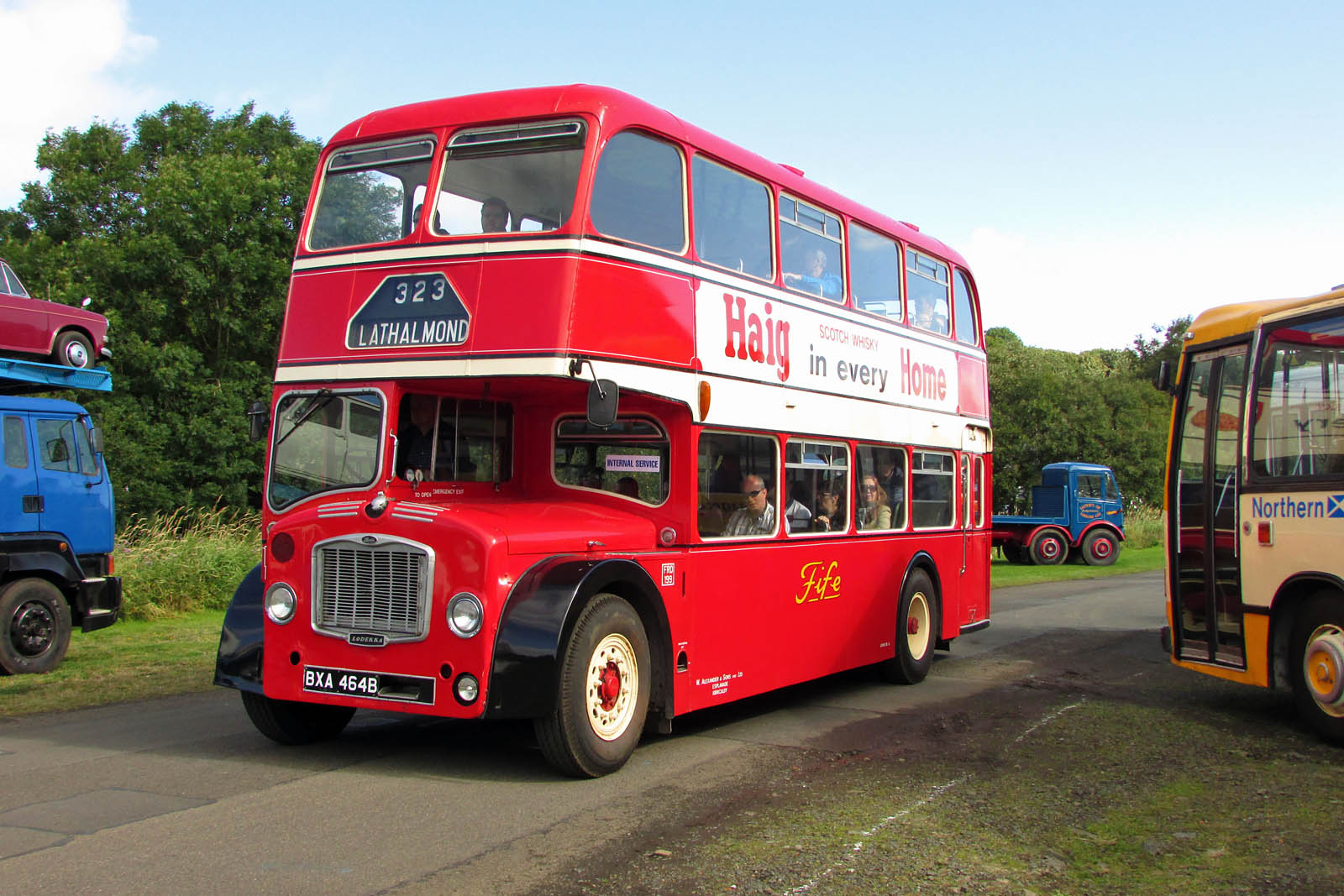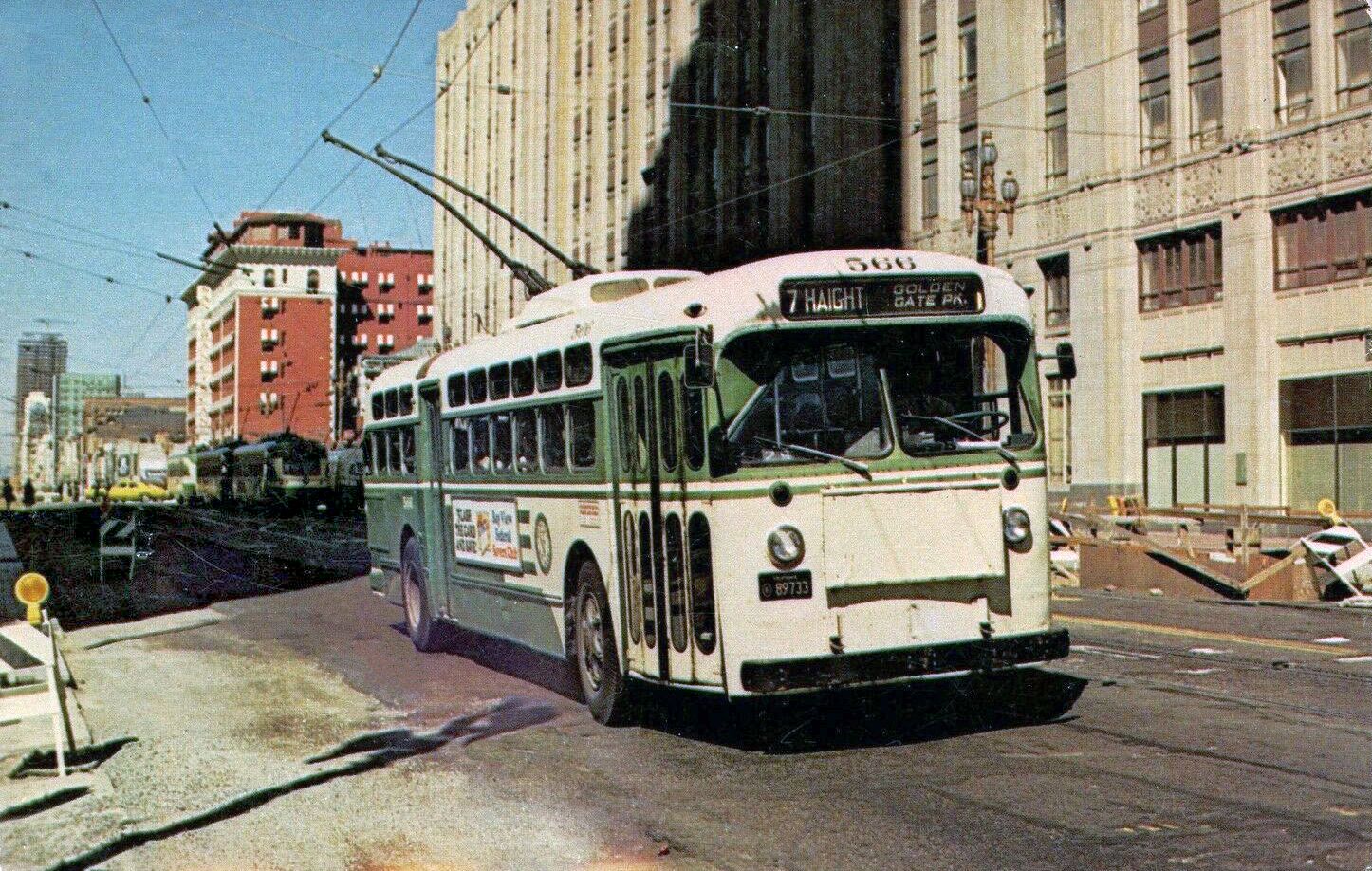Different types of buses Fuel Cell Electric Buses
.jpg)
THE HISTORY OF BUSES VOLUME TWO If it is possible, there are even more buses here. However, it takes a deeper look at the builders (and companies as well) than the general history of the industry in volume one. This volume covers the time period from the 1900s thru 1945. Super coverage too! Approximate running time - 90 minutes
Remembering the Culture Bus. CTA Bus Chicago Transit Forum

The History of Public Buses [Infographic] Posted September 15, 2014 by American Bus Sales. In the past, I've talked a bit about the history of school buses and how they became such a prominent part of transportation and education in North America and even around the globe.But, school buses aren't the only mass transportation vehicle that has undergone an extensive transformation from their.
Pin on Vintage muni

In 2010, the adventurous Paul Stender tricked out a yellow school bus in Indiana with a GE-J70 jet engine from a McDonnell Douglas F4 Phantom II, painted the exterior with red flames, and raced it, with 80-foot real flames trailing behind it. If this brief history of buses has you thinking about getting your own bus, reach out to National Bus.
Image Buses, History, Image, Historia, Busses

A New Routemaster double-decker bus, operating for Arriva London on London Buses route 73 A Toronto Transit Commission bus system trolleybus in Toronto. A bus (contracted from omnibus, with variants multibus, motorbus, autobus, etc.) is a road vehicle that carries significantly more passengers than an average car or van, but less than the average rail transport.
47s and other Classic Power at Southampton Scottish Vintage Bus Museum

The History of Buses Introduction Buses have been a crucial mode of transportation since the early days of industrialization. They have shaped our communities, economy, and culture. From horse-drawn carriages to the modern-day buses that we see on urban roads, buses have come a long way. In this article, we'll take a closer look at the history.
transpress nz San Francisco Muni trolley bus, 1974

1900 - 1945 - The Golden EraGrowing up in the north suburbs of Boston in the 1930s, young Bob Redden saved his money so he could buy film for his camera. Tha.
Pin on Autos Busses

History of Buses. The first bus was probably a large, steam-driven stagecoach that operated in England in 1830. The early vehicle was called an omnibus, a Latin word meaning "for all," later abbreviated to bus. In 1895 an eight-passenger bus powered by a four- to six-horsepower, single-cylinder engine was built in Germany.
33534 London bus, London transport, Routemaster

The first steam-powered buses entered service in the 1830s. Siemens developed the first electric bus in 1882. The first motorized vehicle to be used for a bus service did so in 1895, and the first modern motorized bus was built by Daimler in 1898. Those are a lot of different milestones, but if you are looking for a single answer to the.
Pin by John Scott on John's Chelmsford Chelmsford, Past, History

The history of buses can be traced back to the horse-drawn omnibus, which was created in England in 1829. These early buses were operated by a single driver, and they were pulled by horses. The first mechanically powered bus was created in France in 1823.
Great British Icons The Routemaster London’s Iconic Big Red Bus A

The Omnibus. Even in their earliest days, buses were used as rolling advertisements. A century-and-a-half and a lot of sore feet later, the year 1826 brought us the Omnibus, the first land-based innovation in public transportation (public ferry boats had been commonplace since the early 1800s). Omnibuses were horse-drawn passenger wagons that.
School Bus from the 1930's. Hasn't changed as much as you would think

The horse-drawn omnibus. Perhaps the very first form of public transportation can be traced back to 1828 in France. This is when the horse-drawn omnibus was introduced to the public. It enabled as many as 25 to 50 people to share rides in urban cities. Operated by private entrepreneurs, these omnibuses, which were drawn by around three horses.
Pin on Old East Ham E6

In the early history of buses, economic reasons ruled: replicating a single mechanism and running a bus business was so expensive and complicated that creating a more cost-efficient system was the top priority. Nowadays, the pillars of bus progress are sustainability and enhancement of the customer experience. Here's a brief overview of how.
Old London Buses Those were The days YouTube

In 1895, a motor-powered bus capable of carrying 22 passengers debuted in Britain. This vehicle was powered by a two-cylinder engine mounted under the floor. Other countries in Europe and North America also began experimenting with motor buses. However, most early models were essentially motorized horse-drawn carriages and omnibuses.
Bristol Lodekka/ECW Bus city, Old bus, Bus

A Brief History of Buses Hop aboard every bus from Omnibus to Autobus. By Google Arts & Culture. Reconstruction of the Shillibeer horse bus from 1829 (1929) by London General Omnibus CompanyLondon Transport Museum. The first public bus system was introduced in Nantes, France, by Stanislas Baudry in 1826.
383 best images about Big, Bad Busses (got ah love 'em) on Pinterest

bus, any of a class of large, self-propelled, wheeled vehicles that are designed to carry passengers, generally on a fixed route. They were developed at the beginning of the 20th century to compete with streetcars by providing greater route flexibility. The bus was a natural outgrowth of the horse-driven coach.
segregated busses YouTube

In 2010, the adventurous Paul Stender tricked out a yellow school bus in Indiana with a GE-J70 jet engine from a McDonnell Douglas F4 Phantom II, painted the exterior with red flames, and raced it, with 80-foot real flames trailing behind it. If this brief history of buses has you thinking about getting your own bus, reach out to National Bus.